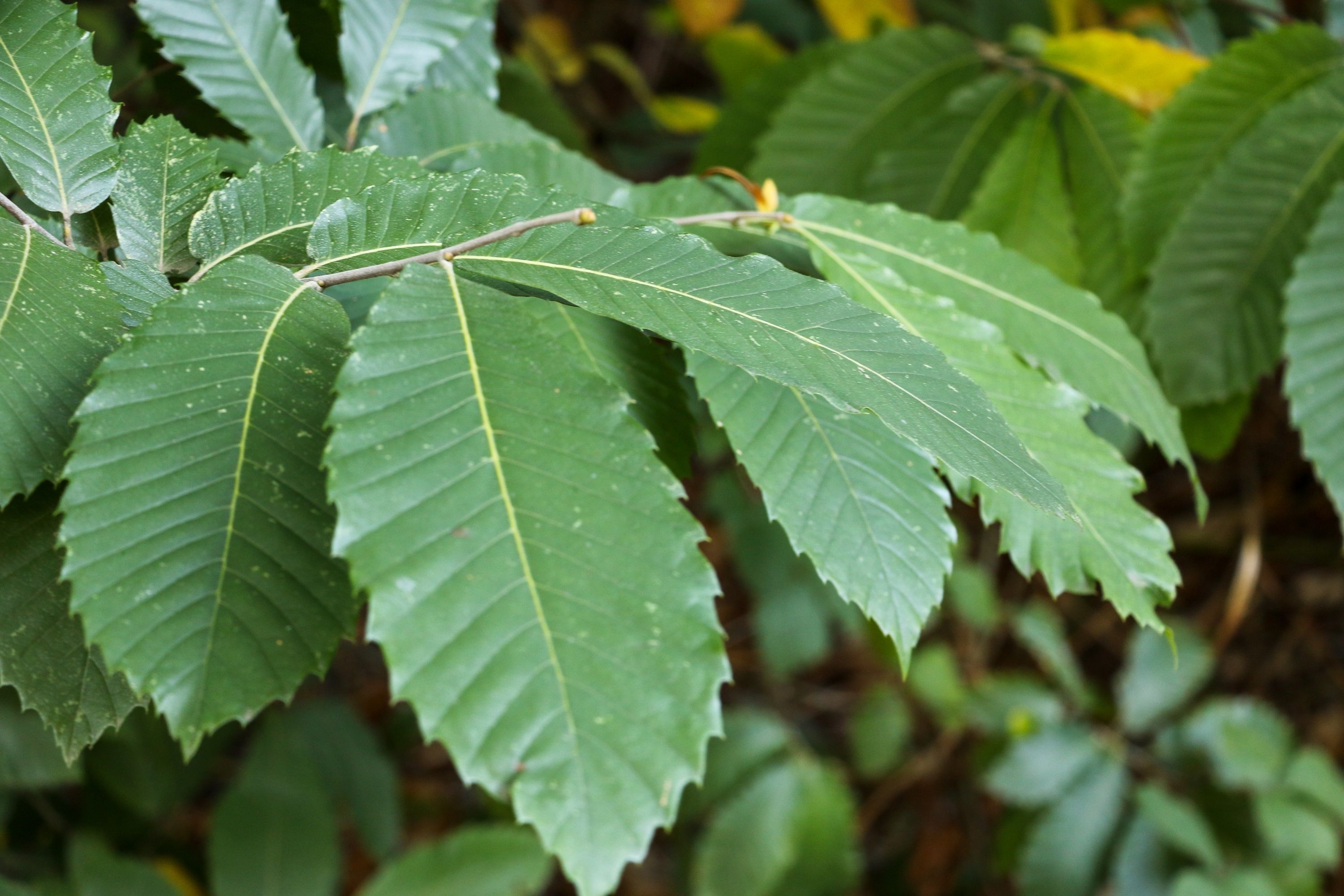Japanese Elm
(Ulmus davidiana)

Description
Ulmus davidiana, also known as the David elm, or Father David elm, is a small deciduous tree widely distributed across China, Mongolia, Korea, Siberia, and Japan, where it is found in wetlands along streams at elevations of 2000–2300 m (6,500–7,500 ft). The tree was first described in 1873 from the hills north of Beijing, China. Two varieties of Ulmus davidiana are recognized: var. davidiana, occurring only in China, and var. japonica Rehder, the more widely ranging Japanese Elm. Ulmus davidiana is considered to have a remarkable resemblance to the American elm (U. americana) in all but ultimate size.The tree grows to a maximum height of 15 m (50 ft), with a relatively slender trunk < 0.3 m (1 ft) d.b.h. supporting a dense canopy casting a heavy shade. Its bark remains smooth for a comparatively long time, before becoming longitudinally fissured. The leaves, often dark red on emergence, are obovate to obovate-elliptic < 10 cm (4 in) × < 5 cm (2 in), with a minimal petiole of 2-3mm; the upper surface is rough. The perfect, wind-pollinated apetalous flowers are produced on second-year shoots in March, followed by obovate samarae < 19 mm (3/4 in) long × < 14 mm (1/2 in) wide. Evaluated with other Chinese elms at the Morton Arboretum in Illinois, the tree was found to have a good resistance to Dutch elm disease (DED). In the Butterfly Conservation trials in the UK, trees grown from seed obtained in Liaoning, China, by the Morton Arboretum were defoliated at the crown by DED when only 6 years old and < 4 m (13 ft) high, but recovered. The species is reputed to have a good resistance to elm leaf beetle Xanthogaleruca luteola, elm yellows (elm phloem necrosis) and leafminers in the USA. Ulmus davidiana is only rarely cultivated in the West, being unsuited to all but very sheltered, humid conditions, and is intolerant of ponding. In trials conducted by Butterfly Conservation at Great Fontley Farm, Fareham, England, specimens often grew too rapidly in the comparatively benign conditions, the narrow stem unable to bear the weight of the burgeoning crown, leaving the tree arching to the ground ("Pruning can help the plant result in a more structurally stable branching pattern" ). The same trees commenced flowering when aged nine years, in mid-March. The tree was briefly propagated and marketed by the Hillier & Sons nursery, Winchester, Hampshire from 1971 to 1977, during which time only four were sold.
Taxonomic tree:







